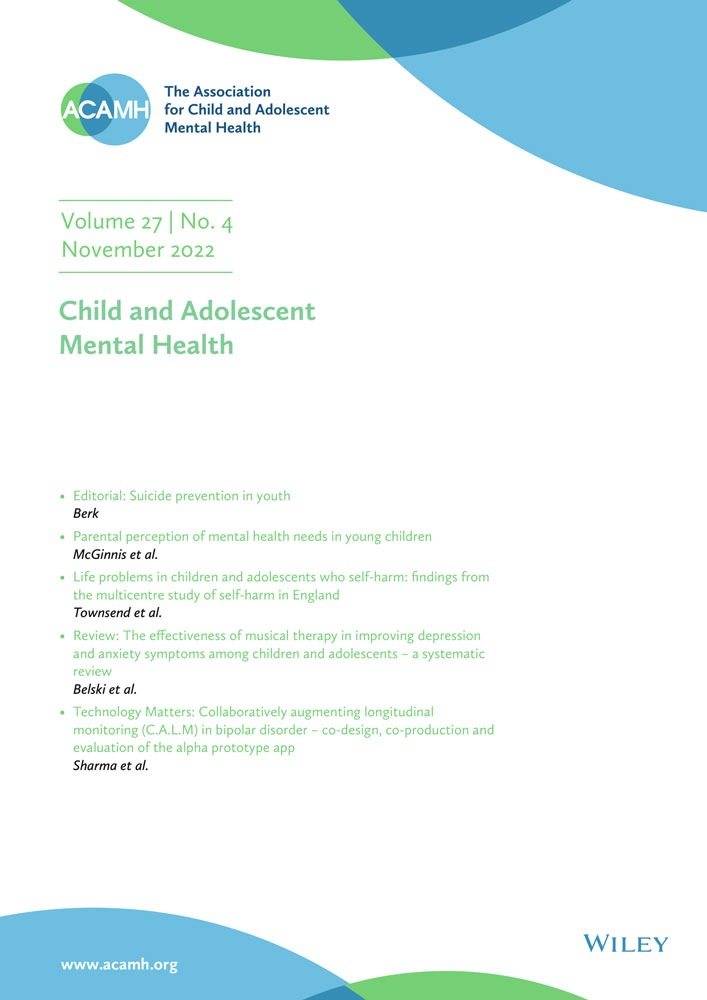
Digital Self-Harm and Suicidality Among Adolescents
Background Research on digital self-harm – the anonymous online posting, sending, or otherwise sharing of hurtful content about oneself – is still in its infancy. Yet unexplored is whether digital self-harm is related to suicidal ideation or suicide attempts. Methods In the current study, survey data were collected in 2019 from a national sample of […]

Bias-Based Cyberbullying Among Early Adolescents: The Role of Cognitive and Affective Empathy
Bias-based cyberbullying involves repeated hurtful actions online that devalue or harass one’s peers specific to an identity-based characteristic. Cyberbullying in general has received increased scholarly scrutiny over the last decade, but the subtype of bias-based cyberbullying has been much less frequently investigated, with no known previous studies involving youth across the United States. The current […]
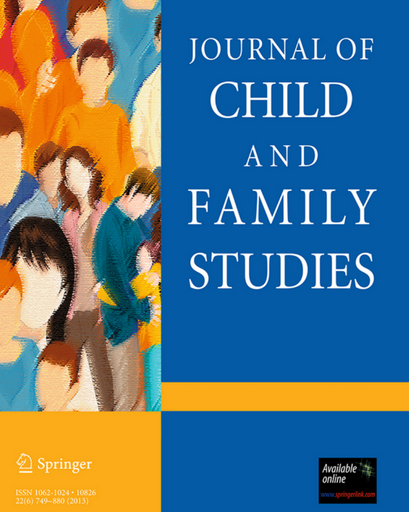
Bullying and Cyberbullying Offending Among US Youth: The Influence of Six Parenting Dimensions
Bullying and cyberbullying prevention remain a major priority for schools, communities, and families, and research is clear that positive, constructive parenting practices can play a key preventive role. The current work explores six dimensions of parenting (warmth, structure, autonomy support, rejection, chaos, and coercion), and their specific relationship to school and online bullying. Using survey […]

Cyberbullying Among Tweens in the United States: Prevalence, Impact, and Helping Behaviors
The goal of this study was to provide key prevalence rates for experiences with cyberbullying among tweens (children between the ages of 9 and 12 years old). We were also interested in the extent to which tweens engaged in helping behaviors when they observed cyberbullying. American tweens (n = 1034; mean age = 10.52, SD […]
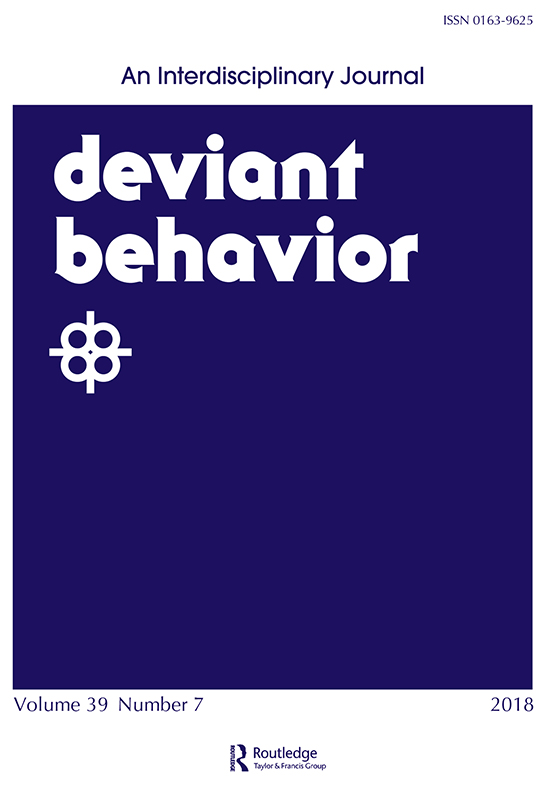
Bullying Victimization, Negative Emotions, and Digital Self-Harm: Testing a Theoretical Model of Indirect Effects
Research on digital self-harm – the anonymous or pseudonymous posting of hurtful or negative information about oneself on the internet and social media platforms – is in the early stages of development. While scholars have started to focus on the correlates of this behavior, there remains a need to anchor the study of digital self-harm […]
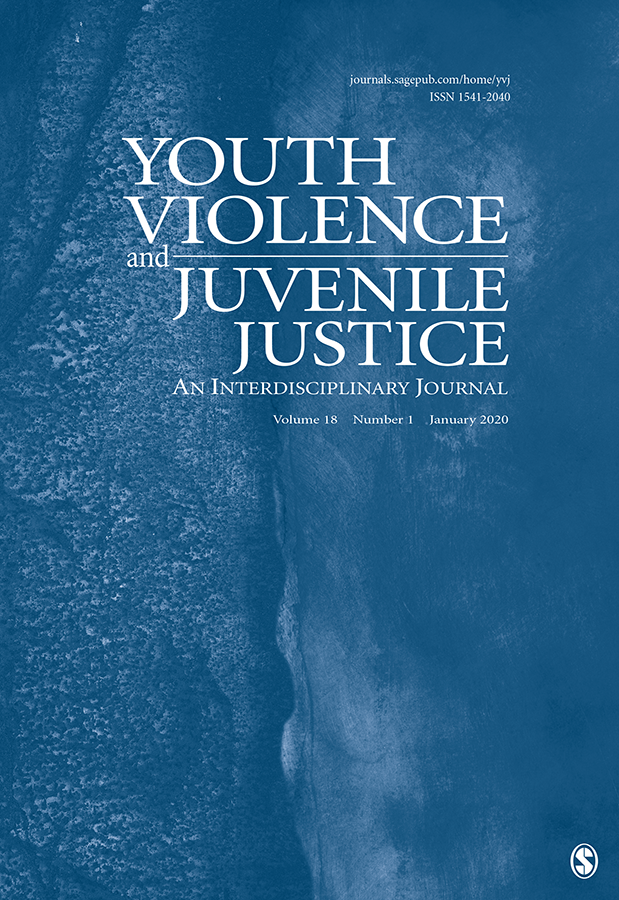
Deterring Teen Bullying: Assessing the Impact of Perceived Punishment From Police, Schools, and Parents
While decades of criminological research have returned mixed results when it comes to deterrence theory, deterrence-informed policies continue to proliferate unabated. Specific to bullying among adolescents, many U.S. states have recently passed new laws – or updated old ones – increasing potential punishment for youth who abuse others. Police are becoming involved in bullying incidents […]

Measuring Cyberbullying: Implications for Research
Despite a significant amount of attention by both the academic community and society at large, there continues to exist much confusion about both the conceptual and operational definitions of cyberbullying (and by implication, bullying in general). The trouble with this lack of clarity is that it leads to misinformation and misunderstanding about the phenomena at […]
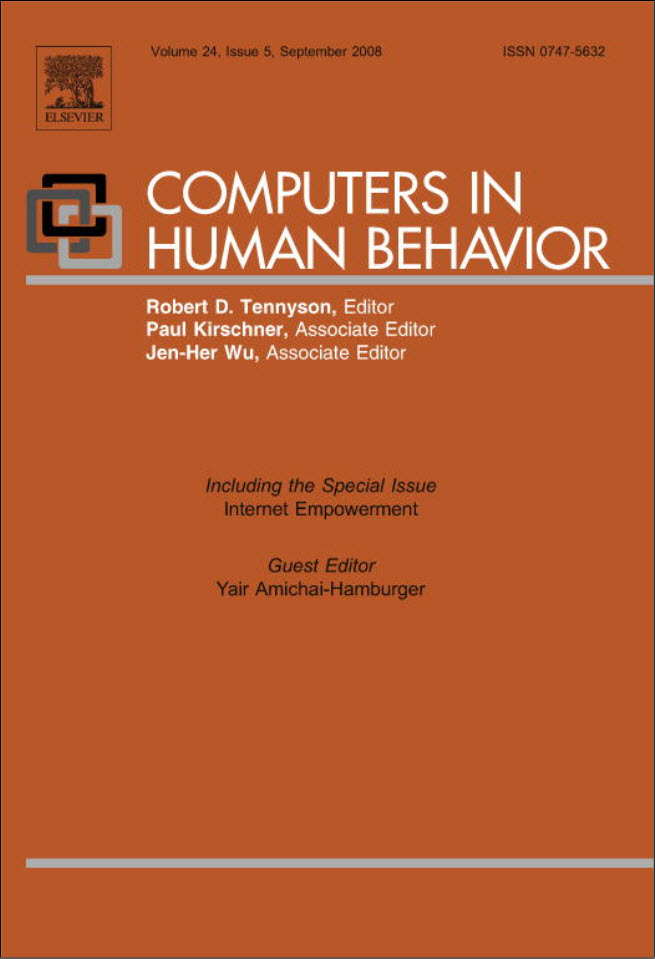
Cyberbullying Myths and Realities
Bullying has long been a concern of youth advocates (e.g., educators, counselors, researchers, policy makers). Recently, cyberbullying (bullying perpetrated through online technology) has dominated the headlines as a major current-day adolescent challenge. This article reviews available empirical research to examine the accuracy of commonly-perpetuated claims about cyberbullying. The analysis revealed several myths about the nature […]

Cyberbullying Among Adolescents: Implications for Empirical Research
Research into the causes and consequences of cyberbullying among adolescents has exploded in the past 5 years [1]. However, much of the literature is largely descriptive in nature and/or suffers from methodological limitations associated with accessing and studying young people who are engaged in constantly changing high-tech behaviors. These challenges notwithstanding, a clearer picture is […]
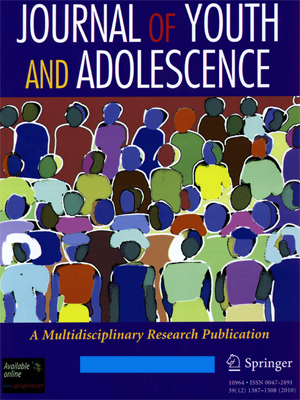
Social Influences on Cyberbullying Behaviors among Middle and High School Students
Cyberbullying is a problem affecting a meaningful proportion of youth as they embrace online communication and interaction. Research has identified a number of real-world negative ramifications for both the targets and those who bully. During adolescence, many behavioral choices are influenced and conditioned by the role of major socializing agents, including friends, family, and adults […]

